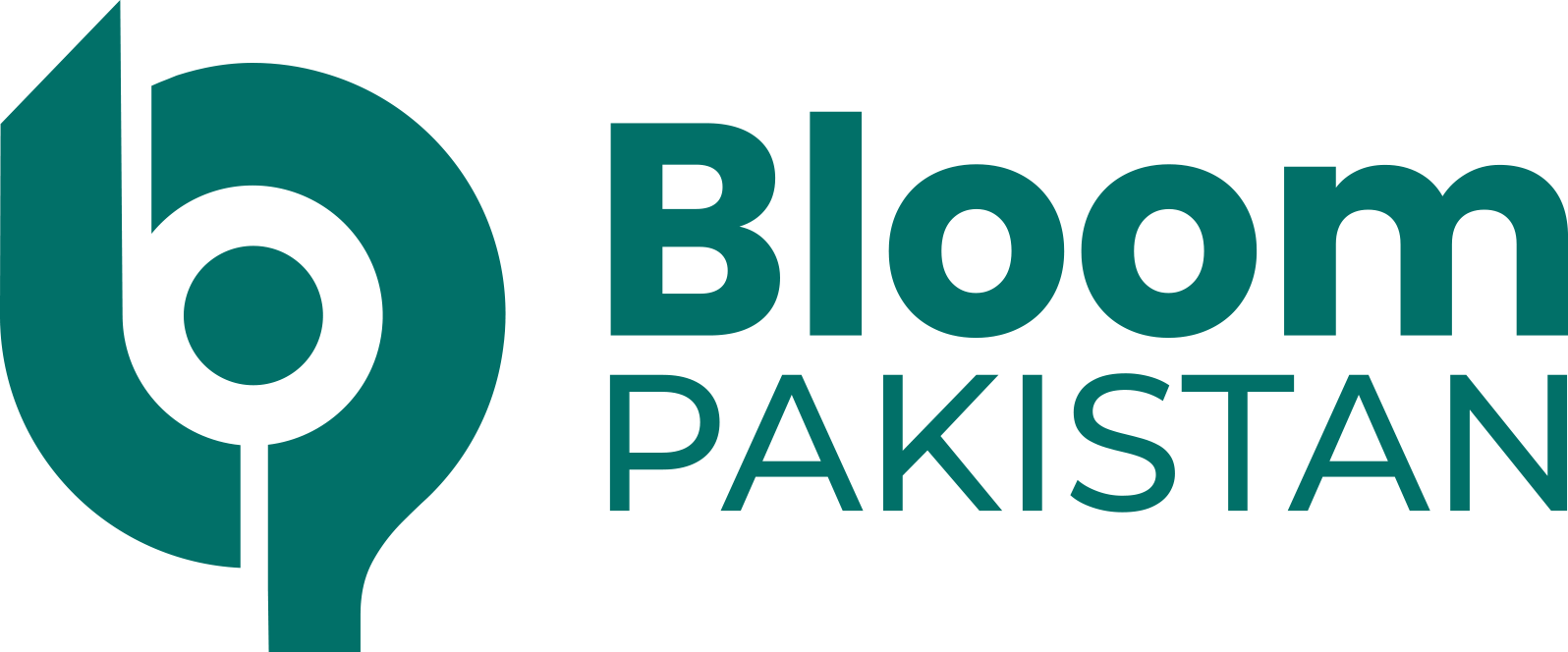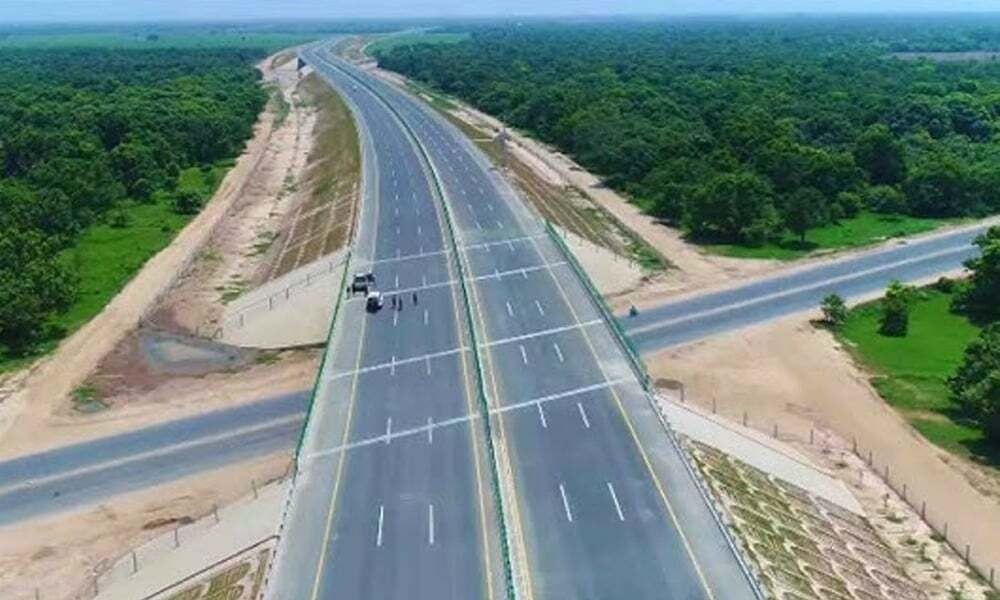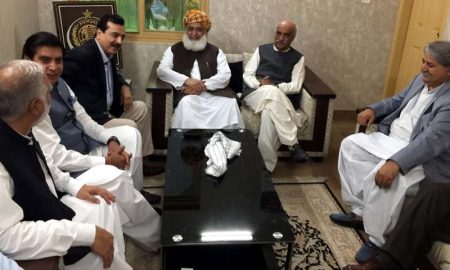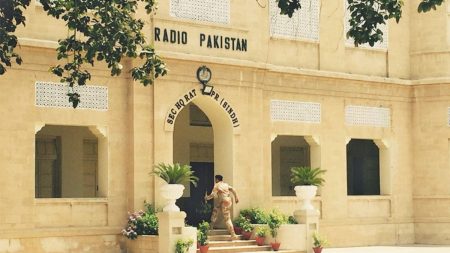ISLAMABAD: The Executive Committee (EC) of the Special Investment Facilitation Council (SIFC) has given the go-ahead for constructing the M-12 (Sialkot-Kharian) and M-13 (Kharian-Rawalpindi) motorways as six-lane roads from the outset, in a strategic move aimed at improving long-term infrastructure efficiency.
Sources revealed that necessary approvals from concerned forums are currently being pursued.
During a recent meeting, the Chairman of the National Highway Authority (NHA) informed the committee that delays in land acquisition for the realigned portion of M-12, resulting from a Hydraulic Model Study for the Chenab River bridge, coupled with a change in scope by the Ministry of Defence and a surge in inflation/KIBOR.
This led the Concessionaire to request renegotiation of the PPP Agreement in November 2023. The issue had earlier been referred by the P3A Board to the SIFC in October 2024.
These factors caused the project’s estimated construction cost to escalate from the original Rs22.5 billion (2021) to Rs61.523 billion for four lanes, and Rs71 billion for six lanes by December 2024.
Subsequently, the SIFC Working Group, in a meeting held on December 12, 2024, recommended that the Sialkot-Kharian Motorway be constructed as a six-lane road from the start.
A traffic study further validated this approach, revealing that two additional lanes would be necessary by 2027. Constructing six lanes now would cost Rs9.5 billion more but would result in long-term savings of around Rs11 billion.
After detailed deliberations among P3A, NHA, and FWO on February 27, 2025, three options were evaluated. The NHA-proposed six-lane option, with a base construction cost of Rs77 billion and total revised project cost of Rs81.97 billion, was endorsed.
The EC made several key decisions:
Approval for the six-lane construction of M-12 from the outset.
The Ministry of Communications and NHA will submit a position paper for the revised scope to the Planning Commission for necessary approvals.
NHA will present the updated financing structure to P3A for Board approval.
A revised PC-I of the project is to be submitted to CDWP/ECNEC.
NHA and FWO are to amend the PPP Agreement in line with the approved structure by the end of the current month.
Future technical studies impacting execution should be included in feasibility assessments to avoid delays.
NHA will present its priority PSDP projects to the Minister for Planning, Development & Special Initiatives (PD&SI).
Read More: SIFC Reviews Stakeholders Role in Uraan Pakistan Export Investment
A comprehensive Master Plan is to be developed for integrated motorway and highway connectivity, avoiding fragmented development.
Due to the strategic and socio-economic significance of the N-25 corridor, NHA will expedite construction of the Karachi-Quetta section, followed by the Quetta-Chaman segment, targeting completion within three years. Additionally, service and rest areas will be developed to ensure commuter safety and convenience.
M-13 (Kharian-Rawalpindi Motorway):
NHA has been tasked with reevaluating and resubmitting the financing plan for the Kharian-Rawalpindi Motorway, ensuring a six-lane design from the beginning. The revised plan and PC-I must be submitted by April 30, 2025.
M-6 (Sukkur-Hyderabad Motorway):
The Chairman NHA updated the committee that the feasibility study, reviewed by international consultancy A.T. Kearney, led to the division of the M-6 project into five segments.
The revised cost of the project under PPP mode now stands at Rs399 billion. The Project Qualification Proposal (PQP) received approval from the P3WP on February 14, 2025.
The P3A Board is expected to approve the project structure before bidding begins for the first two sections—Hyderabad to Tando Adam and Tando Adam to Nawabshah.
Following final approvals, the bidding process will be initiated this month, with contract awards anticipated by October 2025.
The project has been pitched to several international financiers, including the Islamic Development Bank and the government of Azerbaijan.
The EC directed the Ministry of Communications and NHA to explore all viable financing models for the M-6 project—including Public-Private Partnerships (PPP), Government-to-Government (G2G) agreements, and International Financial Institutions (IFIs)—ensuring flexibility in the PC-I to adopt the most suitable funding structure for each section.
Also Read: Senate Panel Calls for Sukkur-Karachi Motorway Priority
To maximize economic impact and ensure efficient logistics, the EC emphasized the need to integrate the M-6 and the proposed M-10 (New Karachi-Hyderabad Motorway) into a single, cohesive development plan, ensuring direct connectivity with the Karachi Port.
The NHA has been directed to make every possible effort to adhere to the October 2025 contract award deadline, irrespective of the final financing model.









